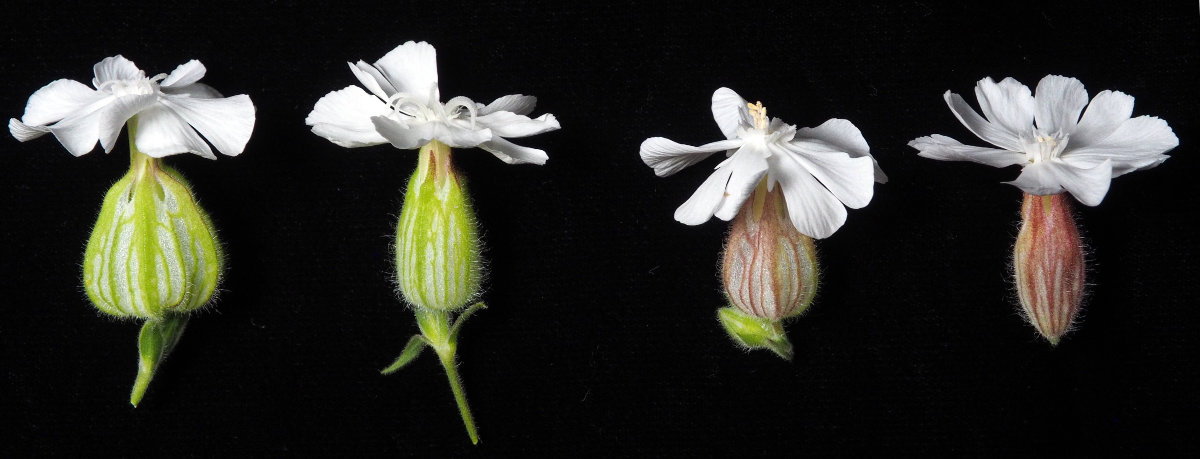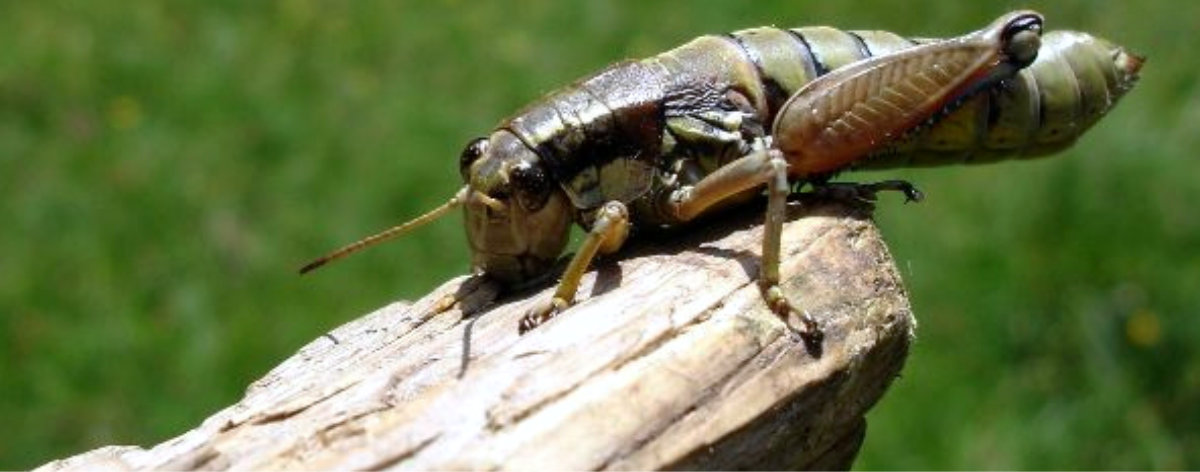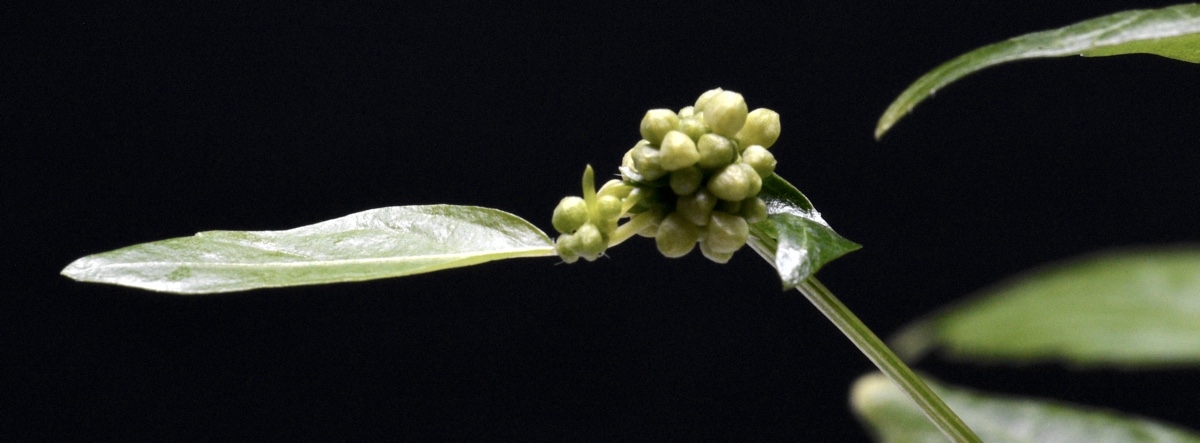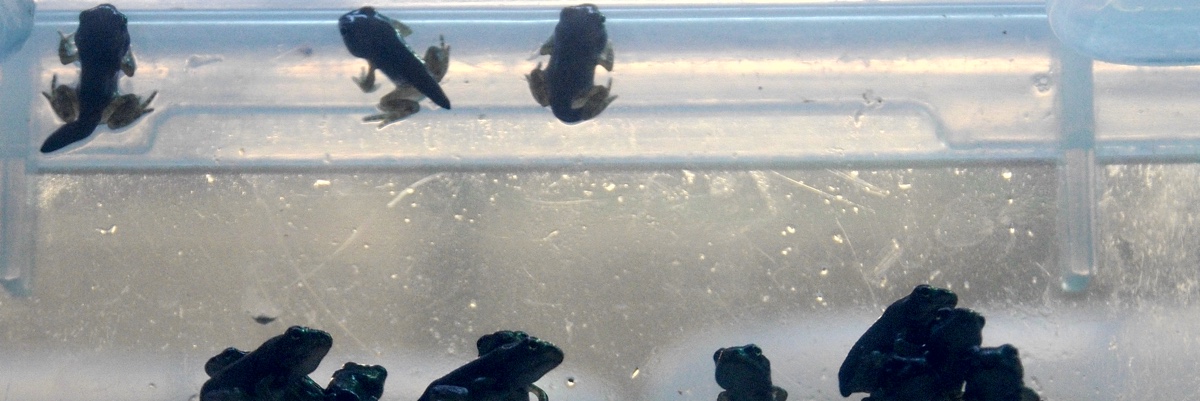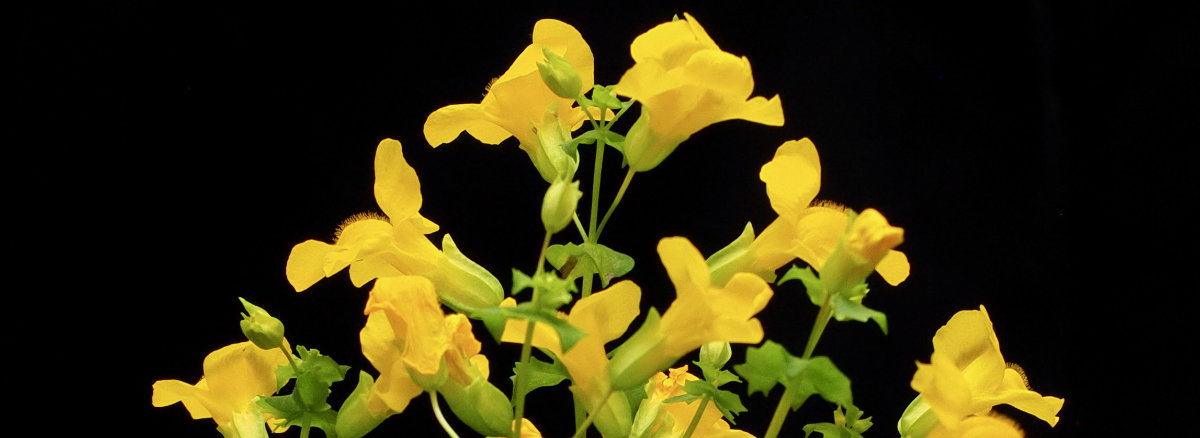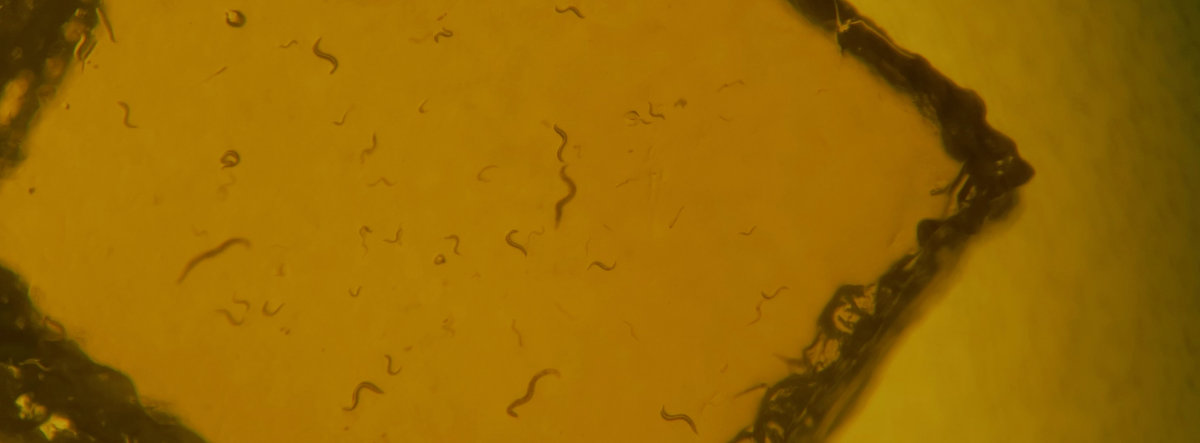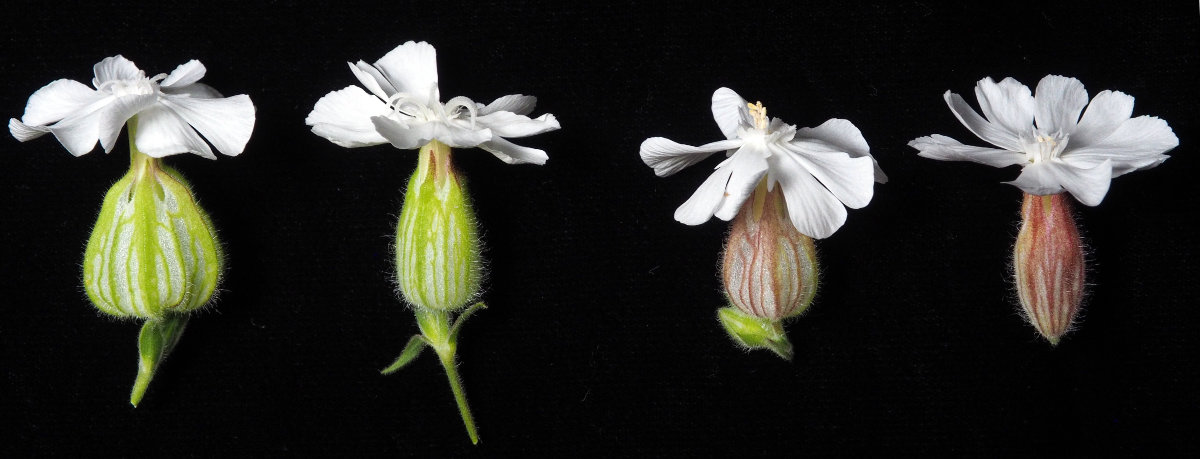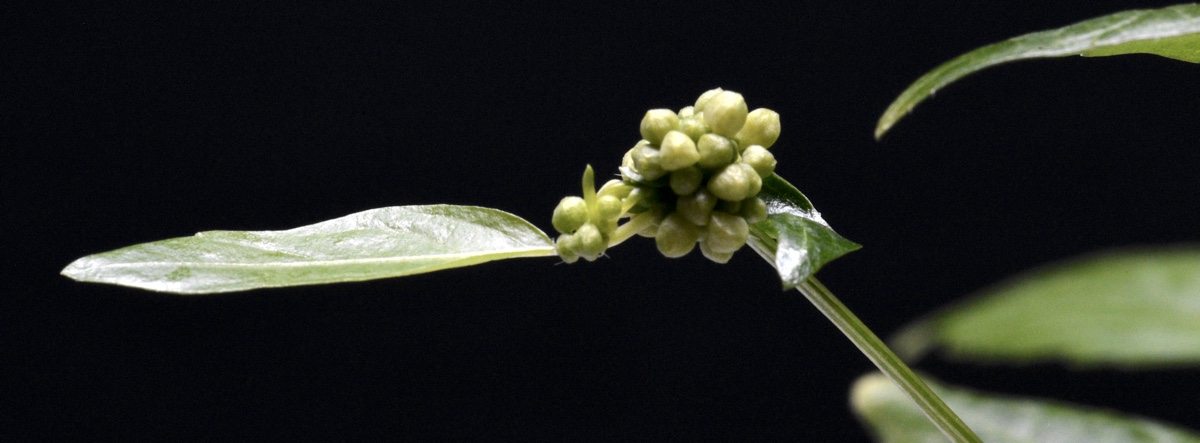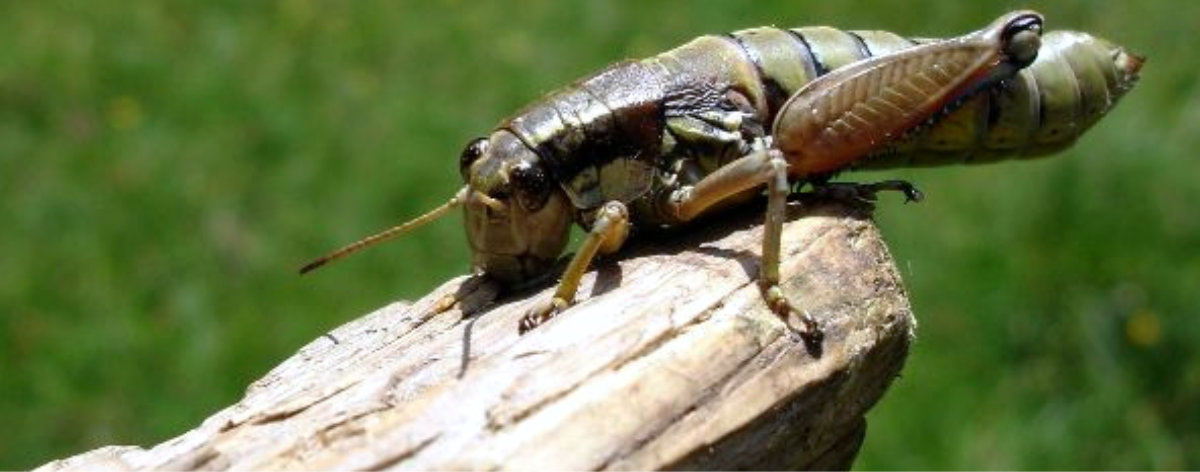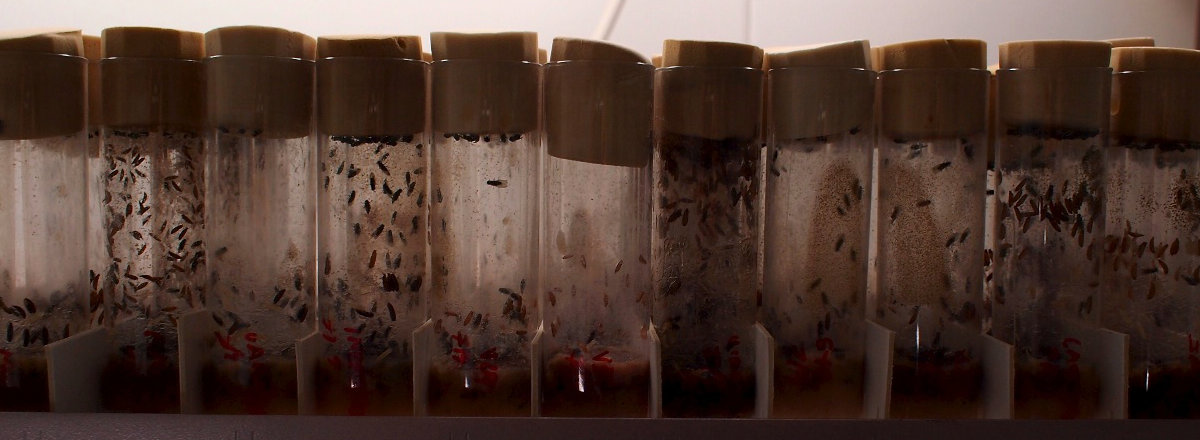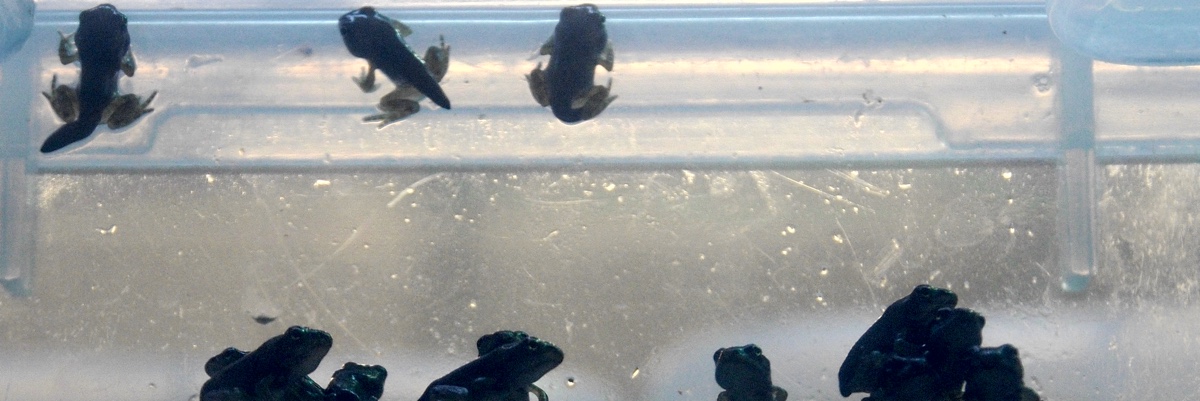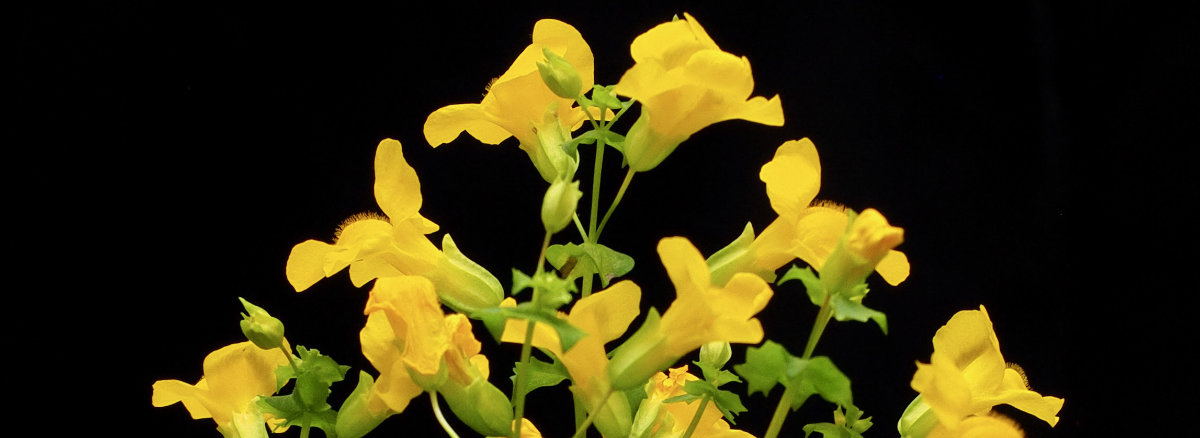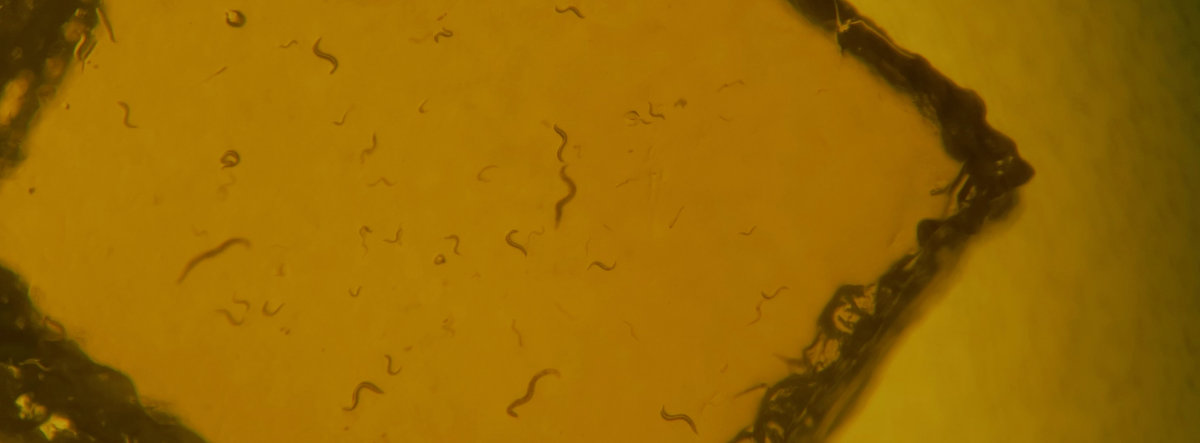Adaptation and sexual selection QTL in Silene latifolia
The level of sexual dimorphism depends on the environment where Silene latifolia grows. We are looking for QTL based on a cross between plants from dry and wet environments, with a special interest to QTL that localise on the sex chromosomes.

I am analysing ≈30 traits from a large F2 cross of plants from Spain and Croatia. Some of the traits are involved in both adaptation to a dry/wet environment and reproductive fitness, in an antagonistic way. For example, fast growth and flowering is generally beneficial for males, but deleterious in a dry environment. Consequently, it is sexually antagonistic (has different fitness optima for the two sexes) in the less stressful Croatian environment.
Such sexually antagonistic traits are predicted to occur on the recombining part of the sex chromosome, because they are expected to benefit from a non-random association with sex, while remaining capable to responding to environmental change.
We are constructing a genetic map and performing QTL analysis to test this prediction.
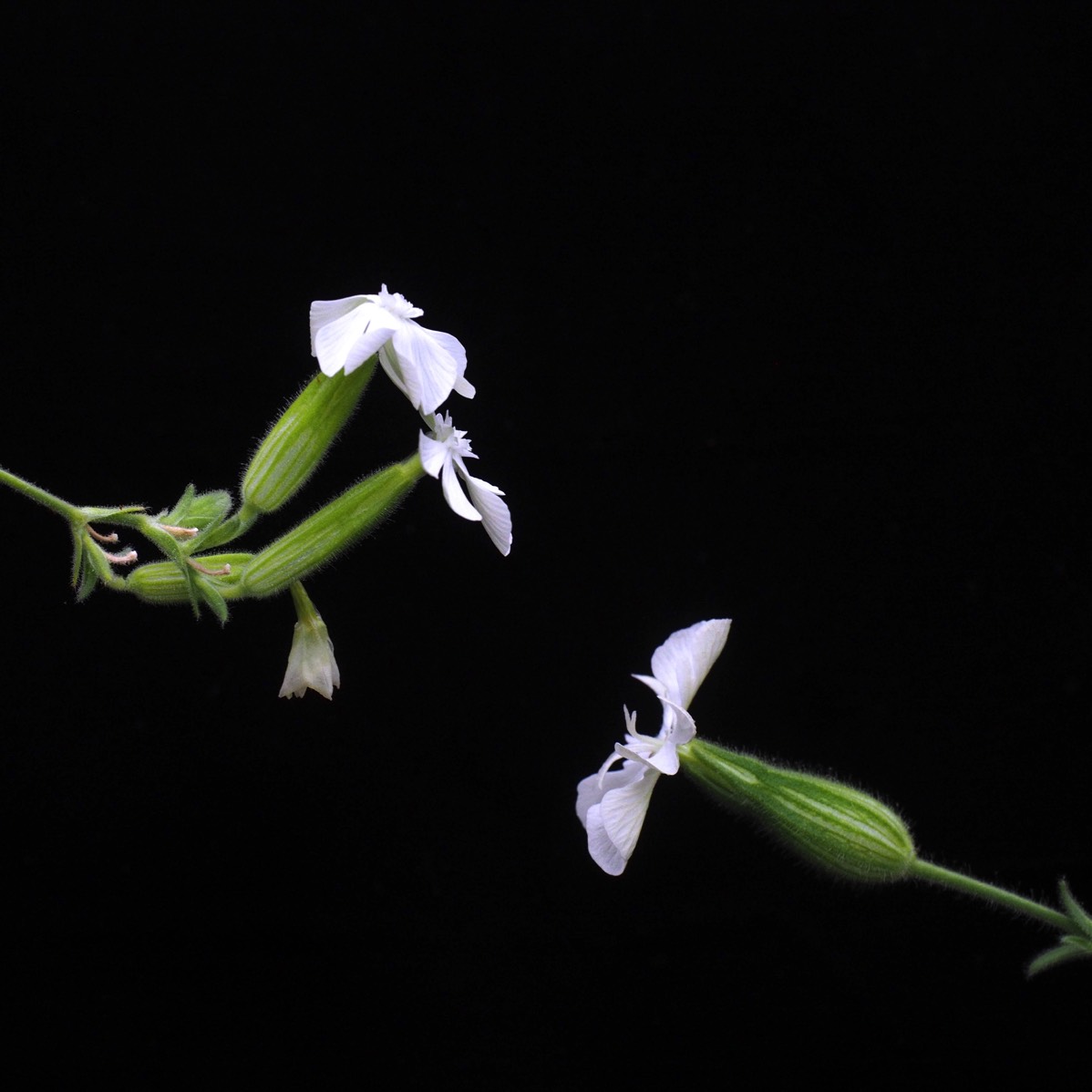
The project was initiated by Lynda Delph.
